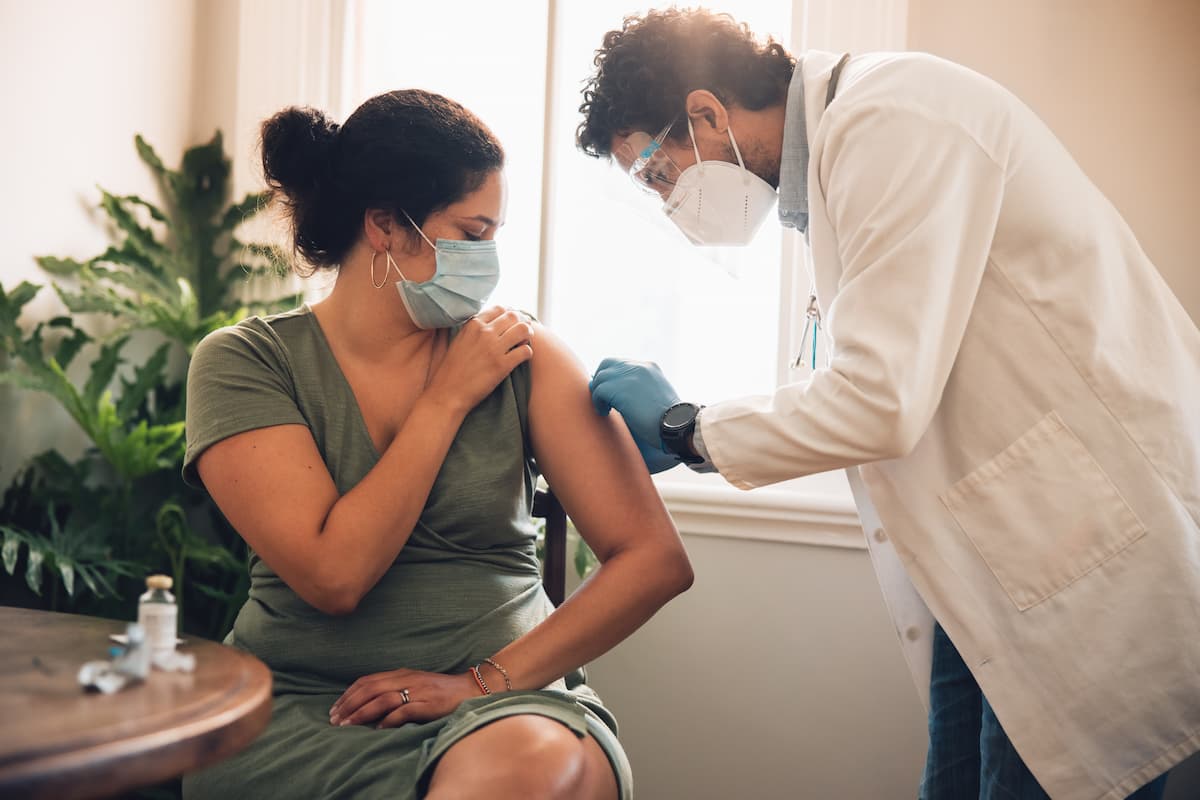Article
Outpatient Behavioral Health Treatment Associated With Reduced Medical and Pharmacy Spending
Author(s):
Investing in outpatient behavioral health treatment pathways found to be a cost-effective measure to better manage both medical and behavioral conditions.
In recent years, behavioral health diagnoses in the United States (US) have been on the rise. Mental health treatments are notoriously expensive, and people with a behavioral health condition (BHC) incur 2.8 to 6.2 times more in medical costs than those without a BHC.
A recent retrospective cohort study published by JAMA Network Open sought to determine whether people with newly diagnosed BHC who use any outpatient behavioral health treatment (OPBHT) incur lower medical and pharmacy costs over the following 15- or 27-month follow-up period compared with those not using outpatient treatments.
The study population included US individuals newly diagnosed (identified by having no BHC claims in the 12 months prior) with 1 or more BHCs in the studied period: January 1, 2017, to December 31, 2018. Eligibility criteria included continuous medical, behavioral, and pharmacy eligibility for the 12-month pre-period and 15-month post-period (and, if available, 27 months).
Patients were between 1 and 64 years of age and had no pregnancies during the entire study period. Individuals must have had at least 1 OPBHT within the first 30 days of BHC diagnosis, irrespective of pharmacy spending.
OPBHT costs were measured for 15 months after diagnosis to capture a full year of OPBHT treatment and costs due to the potential of the first 3 months after a new BHC diagnosis being a period of cost and treatment fluctuation while the right dosage is determined. In a subset of the study population with extended coverage, costs were calculated for 27 months to assess persistence of effects after the first year of treatment.
Confounding variables associated with exposure and outcome—including pre-period medical and pharmacy costs, age, sex, race and ethnicity, income, retrospective episode risk group (ERG) score, chronic medical conditions, post-period behavioral medication use, BHCs, any behavioral higher-level-of-care utilization in the 15-month post-period and behavioral insurance product type—were controlled.
The 15-month study arm included 203,401 individuals and the 27-month subset analysis included 74,683 individuals. In the 15-month study population, 48% of individuals were female; 4% were Asian; 7% were Black, non-Hispanic; 12% were Hispanic; 75% were white, non-Hispanic; 1% had missing data for race and ethnicity; and 67% were aged 18-64 years. Diagnoses included 51% depression and/or anxiety; 11% substance use or alcohol use disorder; and 6% high-acuity diagnosis, such as bipolar disorder, severe depression, psychotic disorder, eating disorder, or autism spectrum disorder. In addition to a BHC, 22% had at least 1 other chronic condition.
The study found that having 1 or more OPBHT visits were associated with lower adjusted medical and pharmacy costs across follow up over 15 months (adjusted mean per-member, per-month [PMPM] costs: no OPBHT, $686 [95% CI, $619-$760]; ≥1 OPBHT, $571 [95% CI, $515-$632]; P < .001) and 27 months (no OPBHT, $464 [95% CI, $393-$549]; ≥1 OPBHT, $391 [95% CI, $331-$462]; P < .001).
A secondary analysis that assessed the dose-response relationship between OPBHT volume and adjusted costs consistently supported that all doses of OPBHT utilization were associated with lower costs: 15-month costs varied from $618 (95% CI, $557-$685) to $620 (95% CI, $557-$691) PMPM across the lowest number of visits (1-2) to the highest (≥41), respectively, compared with the no OPBHT group ($681; 95% CI, $615-$755) (all P < .001).
The 27-month costs were significantly lower for those receiving OPBHT for all visit categories except ≥41 visits, ranging from $424 (95% CI, $358-$501) to $397 (95% CI, $332-$474) PMPM across 1-2 and 31-40 visits, respectively, compared with the no OPBHT group ($466; 95% CI, $395-$551) (all P < .001).
Importantly, the authors found that any amount of OPBHT (vs none) was associated with reduced medical costs over the 15 and 27 months following initial diagnosis. Additionally, the study identified a dose-response relationship between OPBHT and medical and pharmacy costs, such that estimated cost savings were significantly lower in the treated vs untreated groups at nearly every level of treatment.
“Notably, our data set largely encompassed in-person OPBHT since the study preceded the systemic transition into virtual care that occurred in 202, and consequently, we observed similar trends in utilization as in previous studies…The promising advances in widespread access to virtual behavioral health care services and therapist-matching algorithms are reducing barriers to initiating and continuing care that underlie these established patterns,” the authors wrote.
Overall, the study underscored the importance of investing in OPBHT pathways as they may be a cost-effective measure to better manage both medical and behavioral conditions.
Reference
Bellon J, Qinlan C, Taylor B, et al. Association of behavioral health treatment with medical and pharmacy costs in the first 27 months following a new behavioral health diagnosis in the US. JAMA Netw Open. 2022;5(12):e2244644. doi:10.1001/jamanetworkopen.2022.44644
Newsletter
Stay informed on drug updates, treatment guidelines, and pharmacy practice trends—subscribe to Pharmacy Times for weekly clinical insights.

FDA Grants Full Approval to mRNA-1273 COVID-19 Vaccine in Children At Increased Risk




